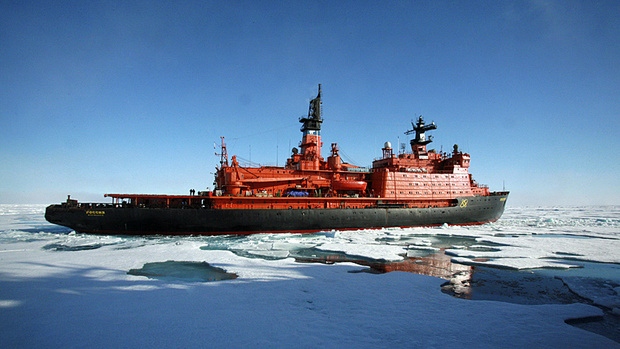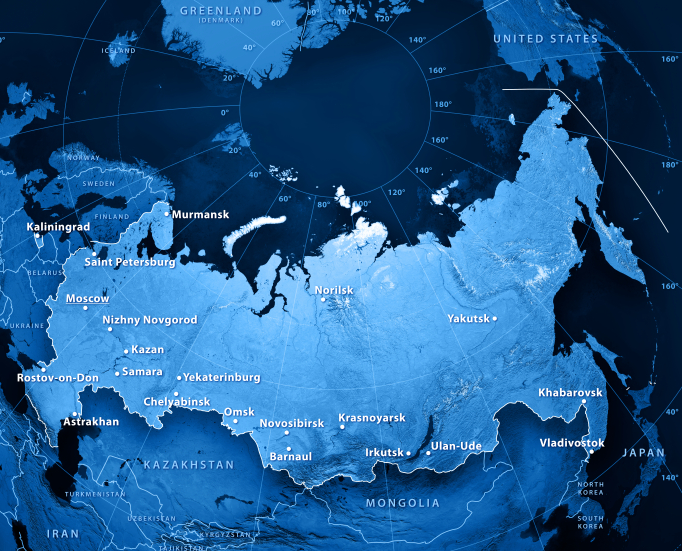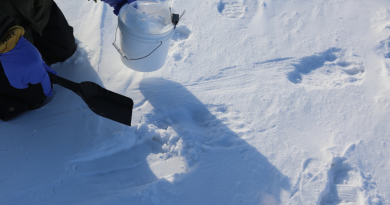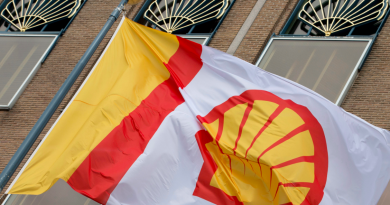Shipping on Northern Sea Route lags far behind plans

For years, Vladimir Putin has insisted that annual shipments on the far northern route should reach 80 million tons by 2024. The result was 37,9 million tons.
Putin has expressed great ambitions for the Northern Sea Route, but his plans are far from materialization.
According to Rosatom, the nuclear power company that is responsible for the development of the far northern route, shipping volumes in 2024 amounted to 37,9 million tons.
It was an increase of 1,6 million tons from 2023.
According to Rosatom leader Aleksei Likhachev, it was a record-beating result. He also explains that transit shipments increased.
A total of 92 vessels sailed sailed across the whole route and their total shipment volumes amounted to more than 3 million tons. Also this is a record, Likhachev underlined.
Most of the shipments were connected with regional oil and gas fields in the Yamal and Taymyr regions.
Despite the growth, the shipments in the Northern Sea Route are far behind the level requested by Vladimir Putin.

The Russian ruler has repeatedly stressed that shipments on the route must reach at least 80 million tons by 2024. The target is also outlined in several strategy documents.
In the Russian Arctic Strategy from 2020, shipping across the vast region is projected to increase to 90 million tons in 2030 and 130 million tons in 2035.
According to the document, liquified natural gas would to constitute a lion’s share of shipments. By 2035, a total of 91 million tons of LNG is planned shipped on the route.
Putin’s ambitions appeared unrealistic from the start. And the realization of the plans became no easier with the war of aggression against Ukraine and the subsequent introduction of massive international sanctions.
Leading technology companies across the world now shun Russia and the country is not able to build the advanced ice-class ships needed for Arctic shipping.
Russia has responded with hiring aging vessels, many of which are unfit for sailing in the sea-ice. During the season of 2024, several ships without any ice-class sailed on the Northern Sea Route. Among them were several oil tankers.
Aleksei Likhachev confirms that the Northern Sea Route Administration, a unit under Rosatom that manages regional shipments, did not reject a single vessel in the course of 2024.

“Since the beginning of the year, the specialists of the Northern Sea Route Administration assessed 1312 applications for sailing in the waters of the NSR and not a single rejection was issued,” he says in a comment.
Russia is taking growing risks in Arctic shipping, and consequences could be dramatic in case of an accident. No incidents were reported in 2024, but the remoteness of the route and the strict control by Russian authorities makes independent inspection and controls impossible.
The Northern Sea Route includes the waters between the Novaya Zemlya in the west to the Bering Strait in the east. It is a significant short-cut between the North Atlantic and the Pacific compared with shipments through the Suez Canal.
According to Rosatom, there are now plans to develop also an expanded Arctic route. The Big Northern Sea Route will stretch from Kaliningrad in the west to Kamchatka in the east.
Related stories from around the North:
Canada: Canada, U.S. and Finland form pact to build icebreakers for Arctic, CBC News
Norway: Hybrid-powered electric cruise ship navigates Northwest Passage, CBC News
Russia: Beijing and Moscow tune in for more Arctic shipping, The Independent Barents Observer



